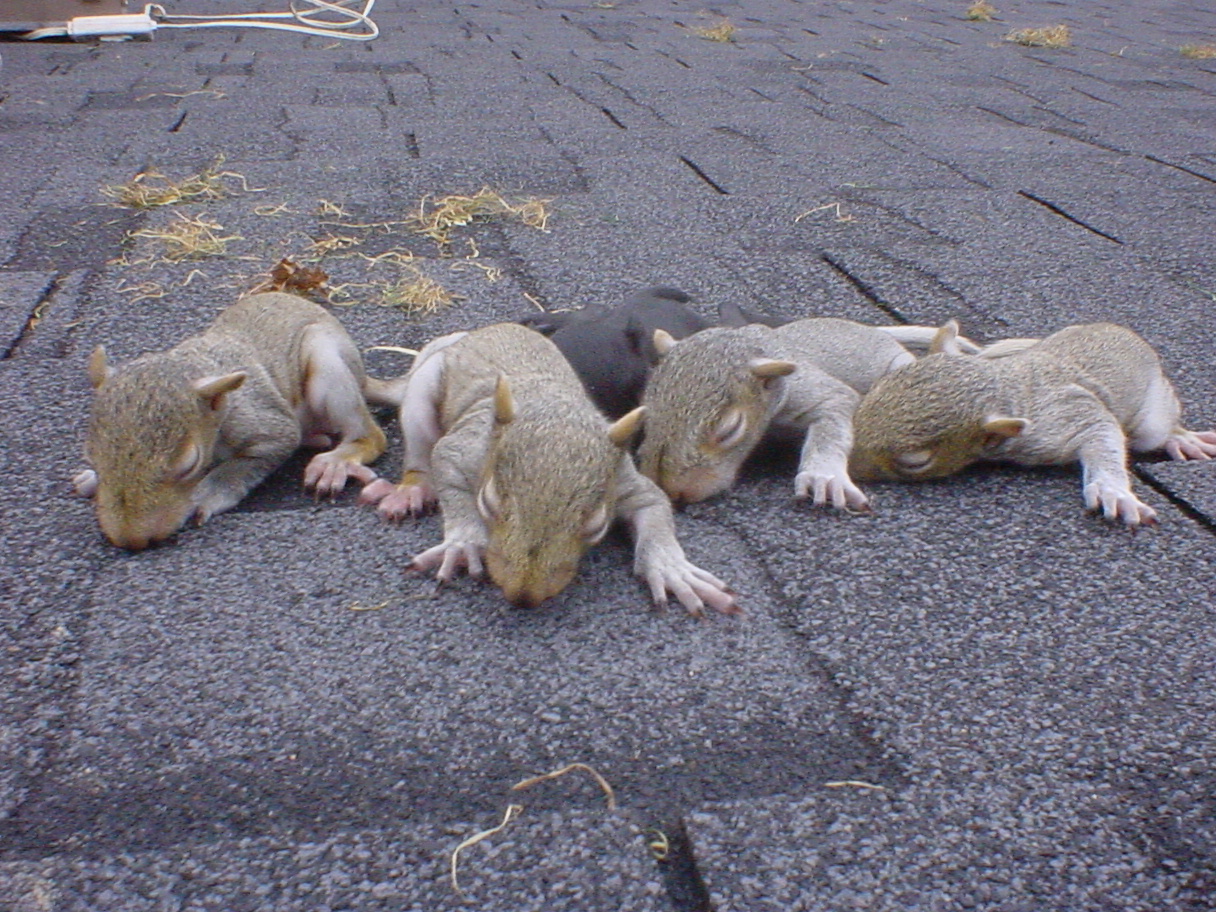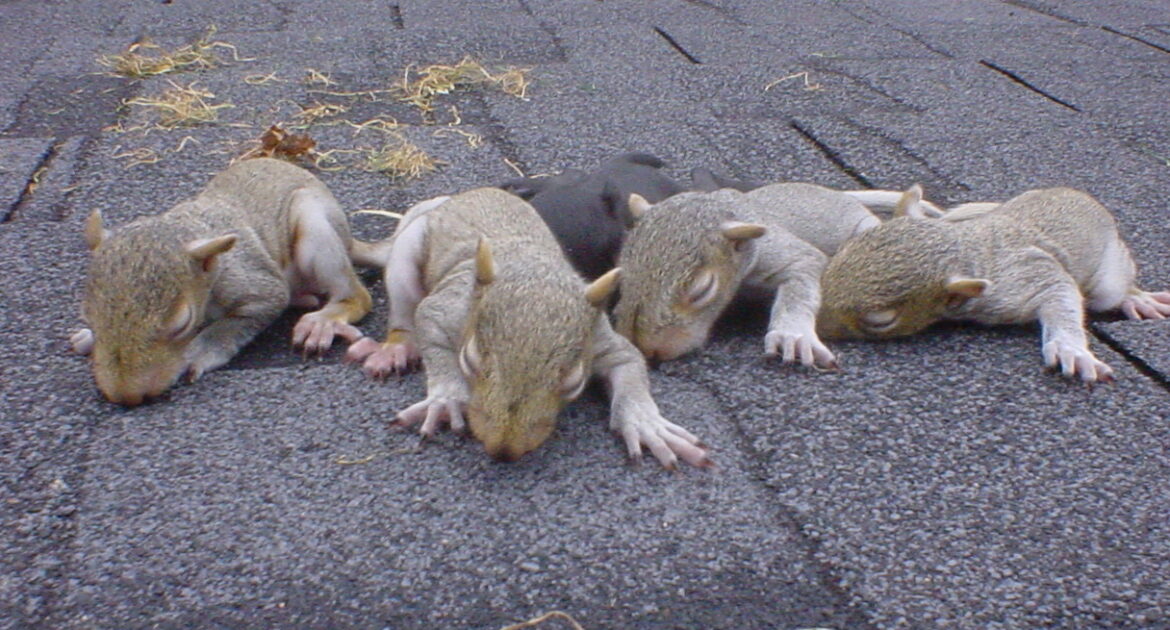If you do not know that it is squirrel mating season in Okanagan by their behaviour, you may find out later if you hear baby squirrels in your attic. Mother squirrels raise the babies alone and look for places to make nests that are warm and safe from predators. If they decide your attic is the perfect place to make their nursery, they can cause extensive property damage and potentially expose you and your family to diseases. Here are some things you need to know about squirrels’ breeding habits.
When Do Squirrels Mate?
Squirrels actually have two mating seasons, one in the winter and one in the summer. Their gestation period is up to 46 days, so after the winter mating season, they give birth in the early spring, anywhere from February to April. Following the summer mating season, the babies start arriving in late August through September.
How Do You Know When Squirrels Are Mating?
Squirrels exhibit courtship behaviours during their mating periods. When the female goes into heat, she gives off pheromones that attract males to her from a distance of up to half a kilometre. The female chooses the most dominant male with which to mate. Therefore, the males put on displays to assert their dominance, such as slapping tree barks and chattering loudly. The female remains in estrus for less than a day, during which time she may mate with more than one male.
How Many Squirrel Babies Are in a Litter?
There may be as few as one or two babies in a litter of squirrels or as many as nine. The average number is three to five. The babies have no fur when they are born. Their eyes are closed and they are unable to see.
The mother squirrel continues to nurse the babies for seven to 10 weeks after the litter is born. Once the babies are weaned, they do not immediately go off on their own. Rather, they stay with their mother for a few more weeks so she can teach them vital survival skills.
When the babies are approximately a year old, they reach sexual maturity and are ready to start breeding themselves.
How Do You Know if There Is a Squirrel Nest in Your Home?
After mating, the mother squirrel goes off on her own to find a place to make a nest in which to raise her babies. The male squirrels do not participate in raising the babies. Therefore, if a female squirrel gets into your attic to give birth, you may not notice her at first as the signs of her intrusion may be very subtle.
As rodents, squirrels have a need to constantly chew on things to file down their teeth. One of their favourite things to gnaw is electrical wires, meaning that if you have a squirrel in your attic, you may notice electrical shorts throughout your home. You may also notice insulation that has been ripped up and dropped on the ground or other nesting materials. You may see the mother squirrel’s footprints as she goes out to forage for food and then returns, or find stores of food that she has hidden nearby to sustain her while she is waiting to give birth. You may hear skittering or rustling noises coming from the attic, perceive strange smells, or see the squirrel’s droppings.
Once the babies are born, the signs of intrusion may intensify as there are more squirrels in the attic to make noise, chew on things, and soil their nests with urine and feces.
Call Skedaddle for a Suspected Squirrel Nest in Your Home
Tree squirrels prefer to build their nests high above the ground, so they are most likely to nest in your attic. Call us for humane removal, as well as decontamination and exclusion, if you notice signs of a squirrel’s nest in your home.




